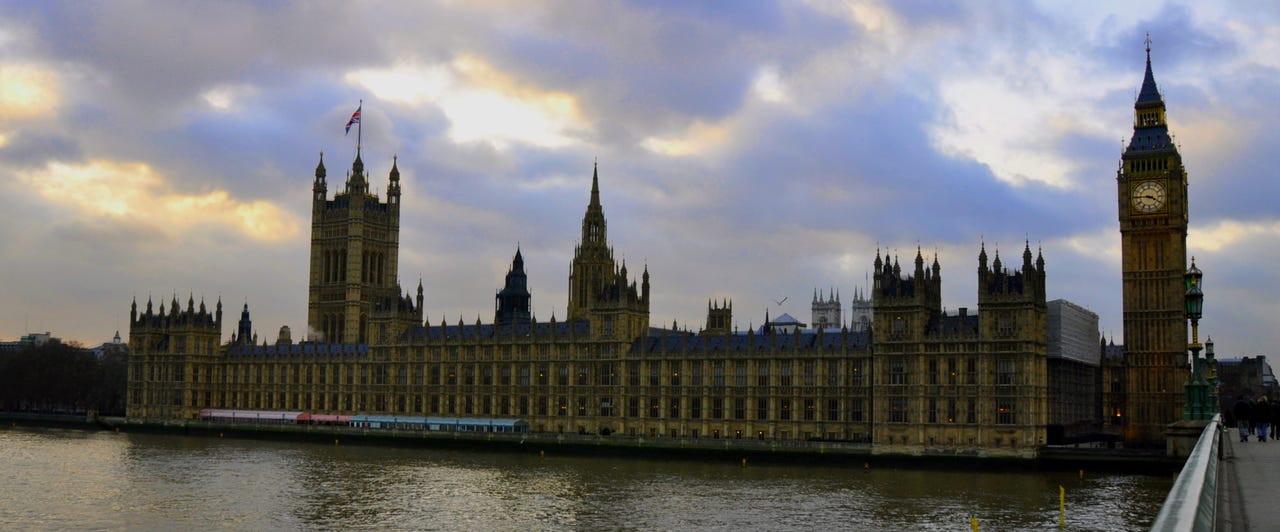British government pumps £95 million into fibre broadband for selected areas


The UK's Spring Budget included £95 million to help implement gigabit-speed "full fibre" broadband in 13 local areas from Armagh to Wolverhampton. This should mean that more users get fibre-to-the-premises (FTTP) rather than to the closest street cabinet (FTTC), which is far more common in the UK.
This isn't new money. The £95m is half of the £190m Local Full Fibre Network (LFFN) Challenge Fund, which was announced in the Autumn 2017 budget. The LFFN Challenge Fund is a trivial part of the £31 billion National Productivity Investment Fund, which the government says is "aimed at improving productivity, which is key to raising living standards".
Service providers will be able to bid for the remaining £95m this summer.
The first wave of projects covers Armagh City, Belfast, Blackpool, Cambridgeshire, Cardiff, Coventry, the Highlands, London, Manchester, Mid-Sussex, North Yorkshire, Portsmouth and Wolverhampton.
Manchester is the big winner, with £23.8m, followed by NYNet in North Yorkshire (£15.1m), Belfast (£11.5m) and London (£8.5m). As with broadband speeds, these are "up to" numbers, not necessarily what the applicants will get.
The government says the successful projects include:
* Using hospitals, health centres and GP surgeries as "anchor tenants" - providing a full-fibre "hub" which surrounding homes and businesses can then also be connected to.
* Upgrading schools, libraries and emergency response buildings to gigabit-capable full fibre connections.
* Strategic re-purposing of existing infrastructure, allowing full fibre to be rolled out at a fraction of what it would otherwise cost.
* Creating "fibre spines" along major transport routes and public building networks. These extend a supplier's fibre footprint, making full fibre connections more available to surrounding homes and businesses.
The UK is a hopeless laggard at installing FTTP. In fact, the situation is so appalling that the UK didn't even make last year's global ranking list published by FTTH Council Europe, which requires a 1 percent minimum adoption rate. Advanced countries such as Sweden, Latvia and Lithuania have more than 40 percent able to get fibre to the home or building. Russia, Romania, Bulgaria and Portugal all score more than 25 percent.
It's unlikely that anybody really thinks £190m is going to make a significant difference to the UK's competitive position, which may become critical after Brexit. However, the government is spending vast sums on white elephants such as the HS2 rail link to Birmingham (£55.7bn), the Hinkley Point C nuclear power station (£18bn), four Trident submarines (£31bn) and so on.
Finding £7.5bn or even £15bn to transform UK broadband is obviously out of the question. (See: Why HS2 not FTTH? The UK is spending £42.6bn on rails instead of optical fibres)